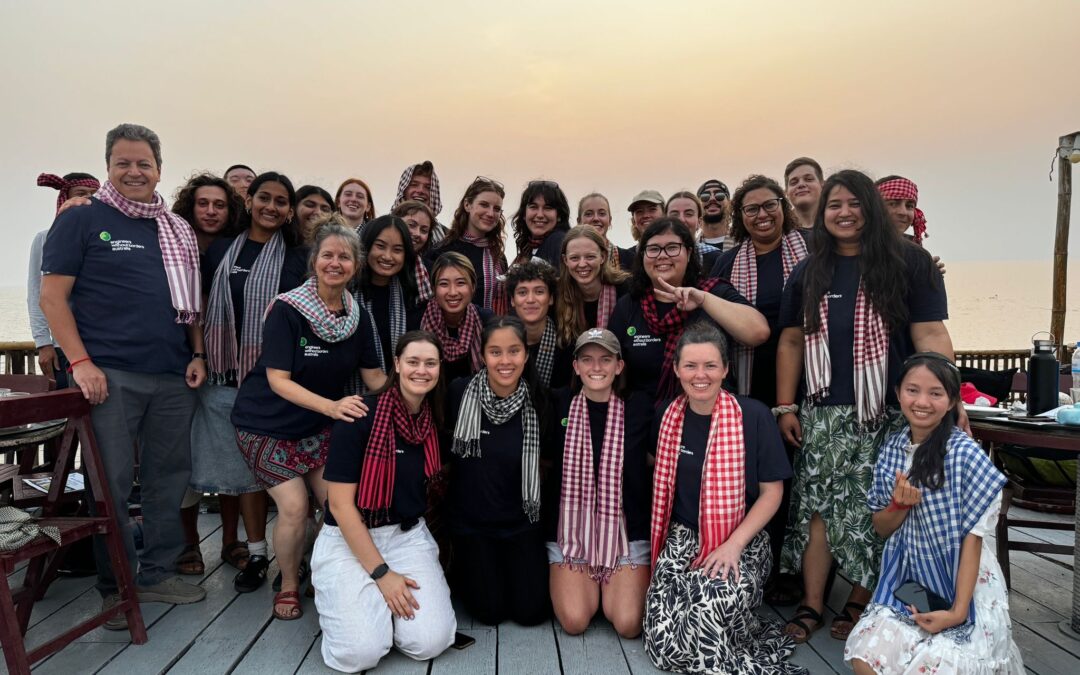Since 2015, EWB’s Humanitarian Design Summits have created transformative learning experiences like no other. Designed for undergraduate engineering students, these study tours challenge thinking, push boundaries, and create first-hand understanding of just how important understanding user needs and community context is for engineers to create positive change.
In February, civil engineering student Victoria Pitliangas landed in Siem Reap for EWB’s ‘Impact-led Technology Development’ Design Summit. For many years, Victoria has volunteered with the EWB University of Melbourne Chapter where she was heavily involved in running the EWB Chapter’s inaugural Innovation Challenge. During this time, she delivered Youth Outreach workshops where she taught school students across Australia about the power of humanitarian engineering in contexts such as floating houses on Cambodia’s Tonle Sap lake.
Here, Victoria shares her transformative experience travelling to Cambodia and witnessing firsthand the lake she has passionately taught students about for years.
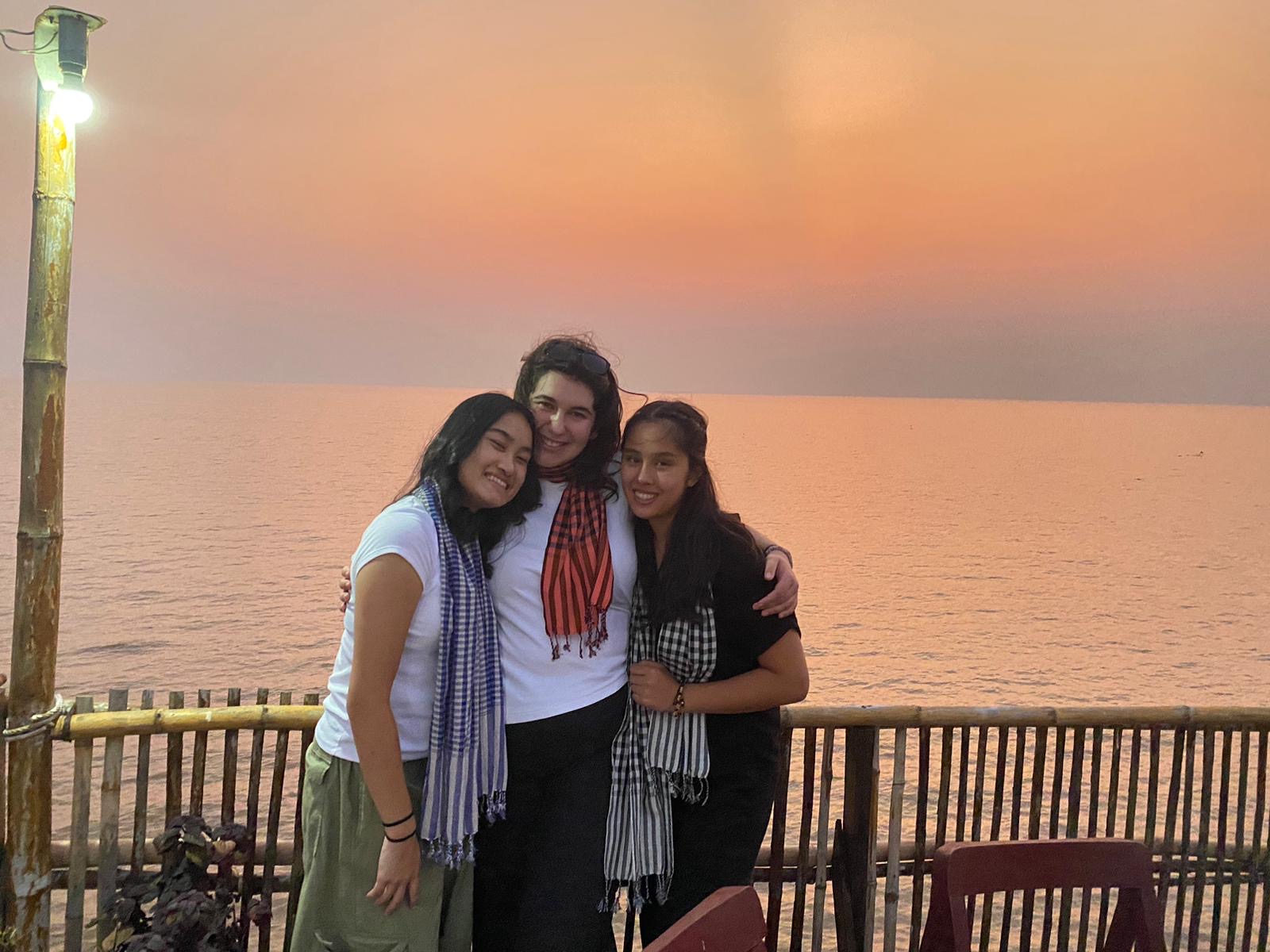
My time spent on the Engineers Without Borders 2024 Design Summit was truly a once-in-a-lifetime experience. As a self-proclaimed long-standing EWB member, with my past experience volunteering on the committee at the University of Melbourne Chapter and running engineering workshops all over Victoria, going on this trip was the pinnacle of all my EWB experiences. I was coming into a new country and was also about to embark on a two week journey with 22 other students, all with different backgrounds and intentions for joining this trip. It was the ultimate culmination of learning and development in humanitarian engineering skills, which involves so much more than our technical background as engineering students.
To begin the summit, we participated in a series of workshops introducing us to human-centred design, approaches to working with community and different aspects of the design challenge. As a group, we considered each other’s values so we could develop a collective purpose of the trip and how to incorporate empathy into our daily engineering practices. We also visited Angkor Wat, which was an incredible experience and helped us understand how culture plays a major role in design.
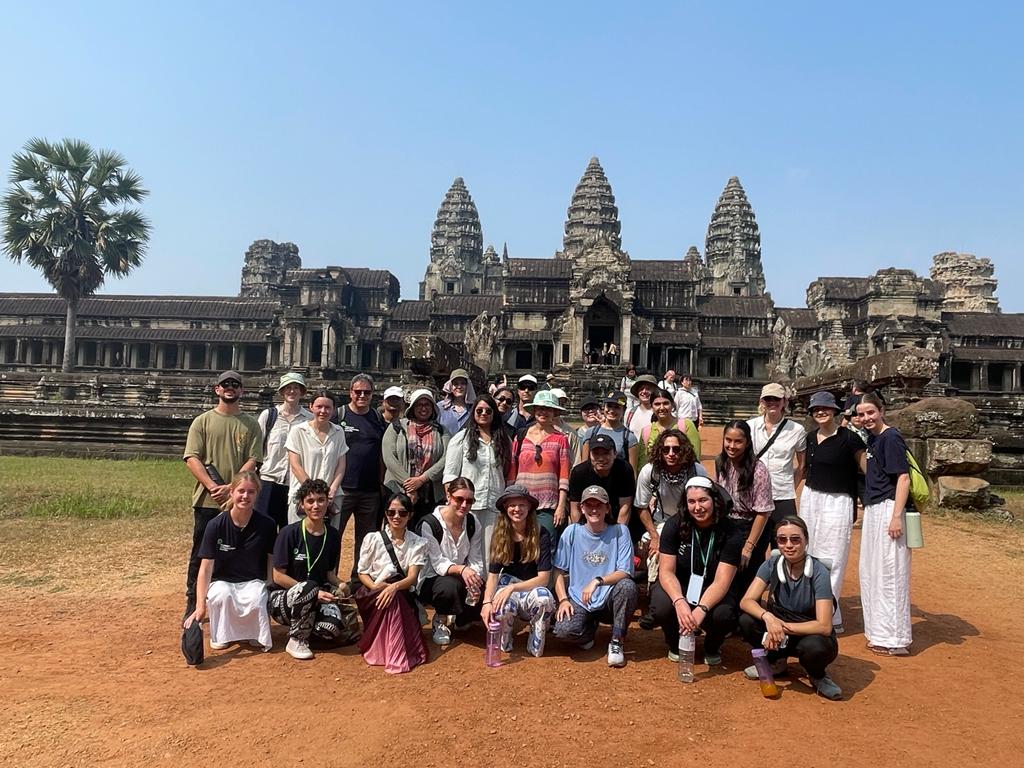
Our visit to the Tbaeng community, located just an hour’s drive from Siem Reap, was the most eye-opening part of the trip. Not only did the connection between our team grow while we enjoyed group dinners and hammock time together, but the unbelievable bond we created by interviewing the community helped us understand their lives, as we lived side-by-side with the incredible people who looked after us and took us in. Our homestays treated us like family and allowed us to consider how we could use our engineering background to work in unison with them to achieve their goals.
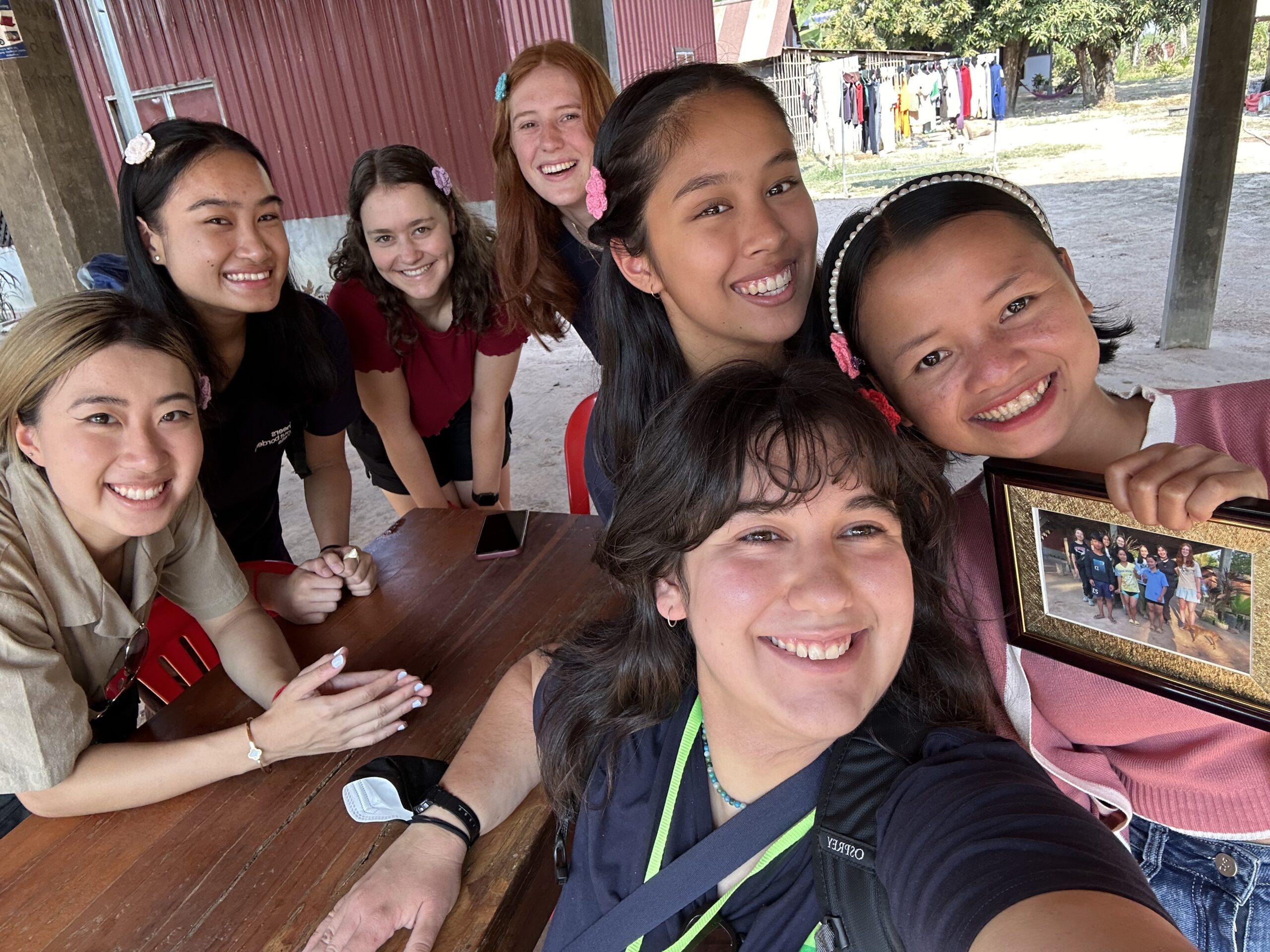
To close out the trip, we visited the Tonle Sap lake. After an incredible two-week journey, the team brought it back to where it all began for me; seeing the lake that I had spoken so much about to so many school children for years with EWB. As we travelled along the lake with my new-found family, I reflected on the beauty of the trip and how much I had personally changed and developed. This design summit was so much more than learning about the theory behind humanitarian engineering; it was about learning who you are as a person and coming away from the experience with a new mindset.
I believe it is the adaptation of both the hard technical skills and soft empathetic skills that makes for the best engineer. Thanks to the ARBS Education and Research Foundation who funded my placement on this trip, I was able to take what I have learnt from university and apply it in the real-world, expanding upon not only my hard skills but soft skills as well. One of the key skills that we learnt was critical communication, as we worked closely with an interpreter to interview Tbaeng community members and identify design opportunities. We developed our interviewing skills, how to practise cultural awareness, working in different contexts and managing expectations. It is the development of these soft skills that has enhanced my understanding of what it means to be a socio-technical engineer.
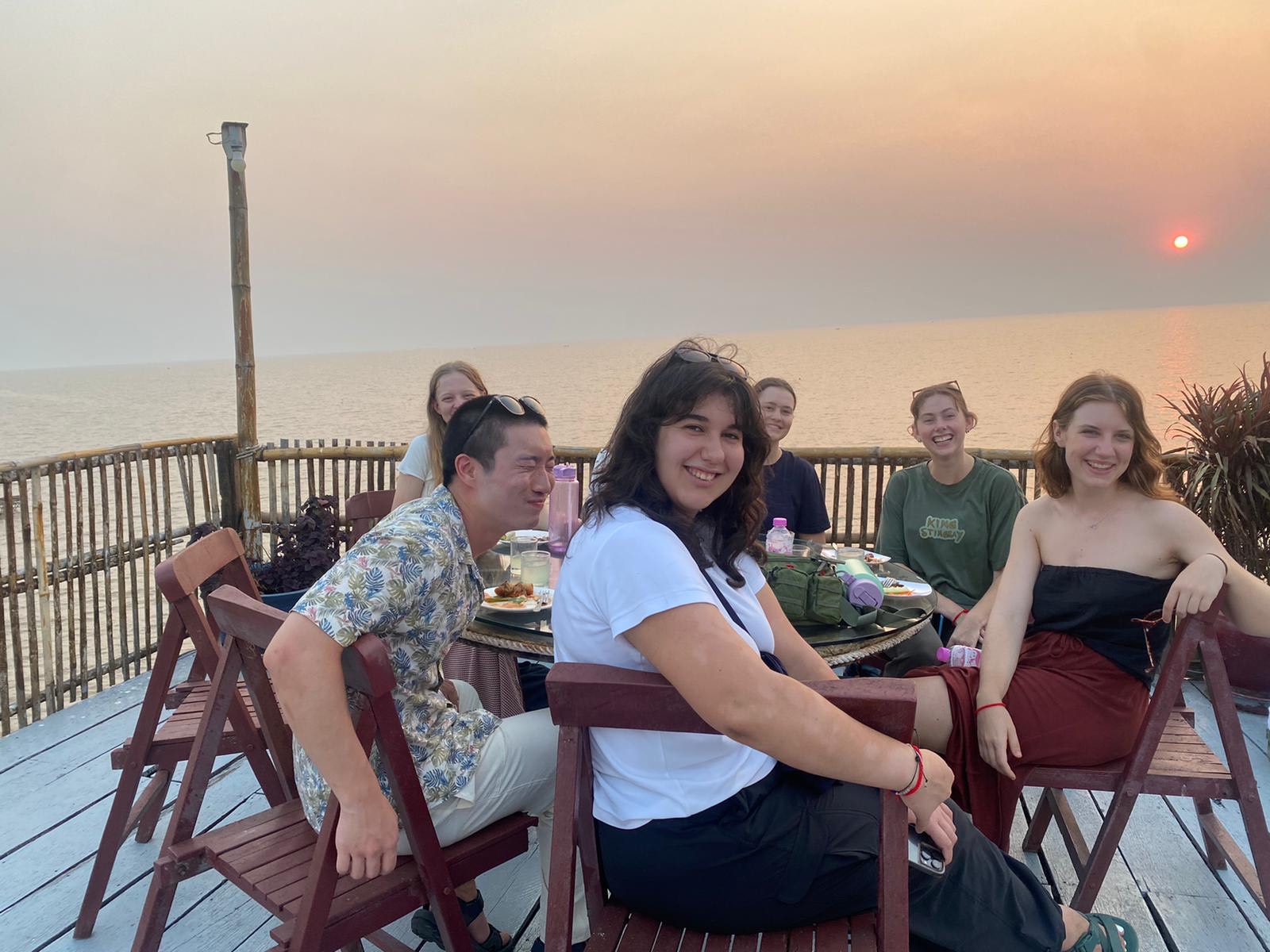
Without the support of the ARBS Education and Research Foundation to go on this journey, I would not have made lifelong friends or created these beautiful memories that I will cherish forever.
Victoria received a scholarship from the ARBS Education and Research Foundation to attend the EWB Humanitarian Design Summit.


